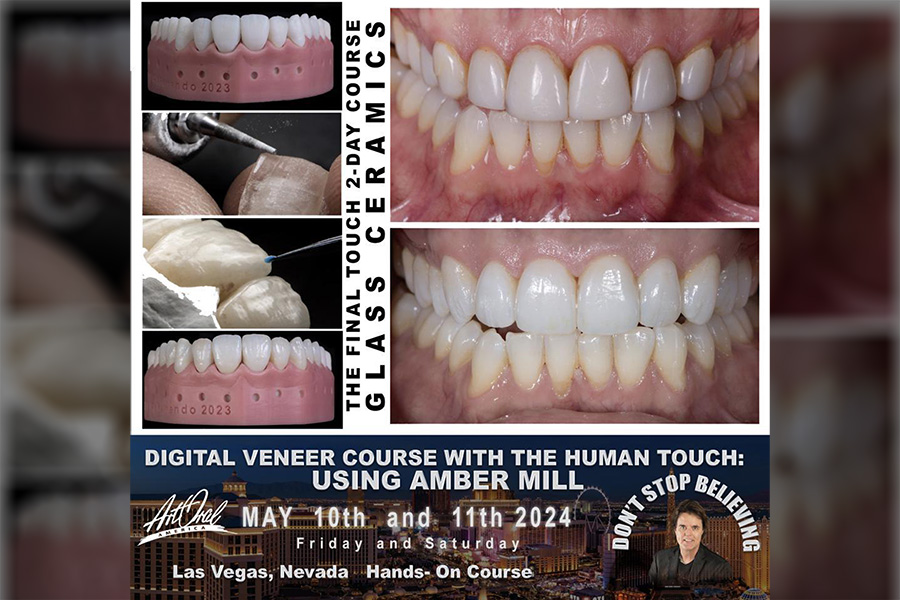Page not found!
Sorry, this page is not available...
TFT: Digital Veneers With The Human Touch Using Amber Mill

TFT: Digital Veneers With The Human Touch Using Amber Mill MAY 10 2024, LAS VEGAS, NV. $1299
Sorry, this page is not available...

TFT: Digital Veneers With The Human Touch Using Amber Mill MAY 10 2024, LAS VEGAS, NV. $1299